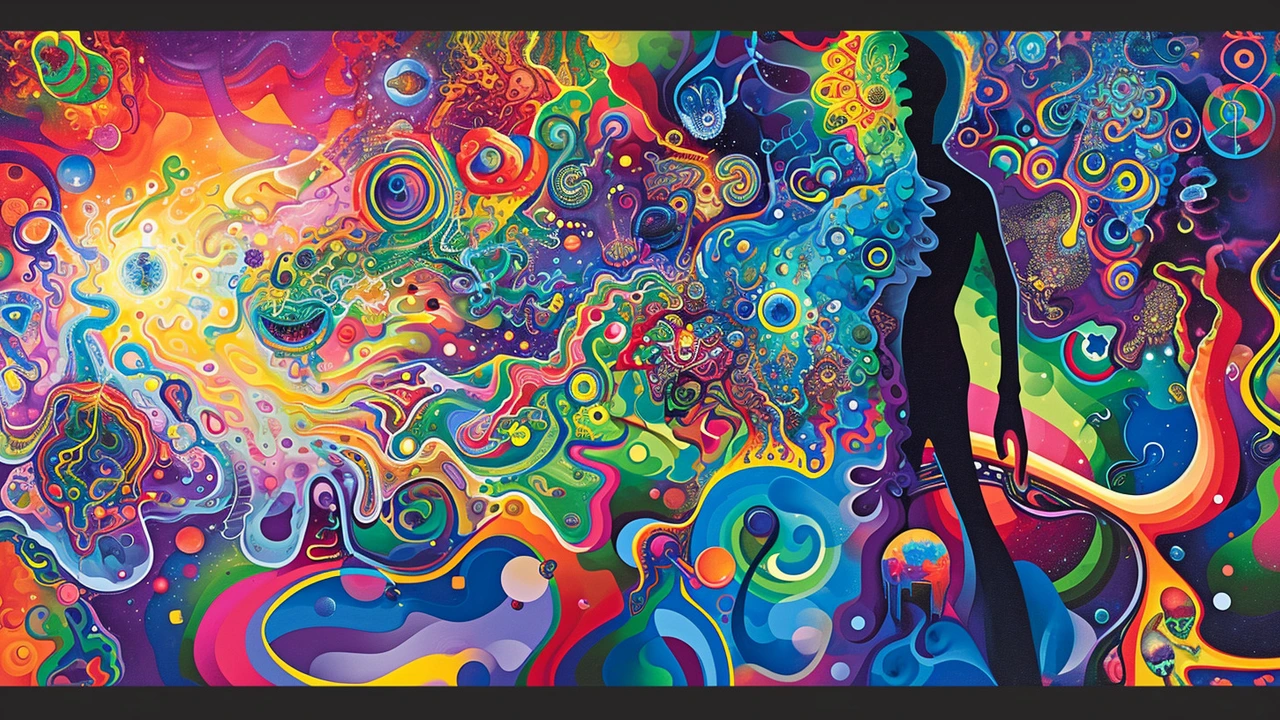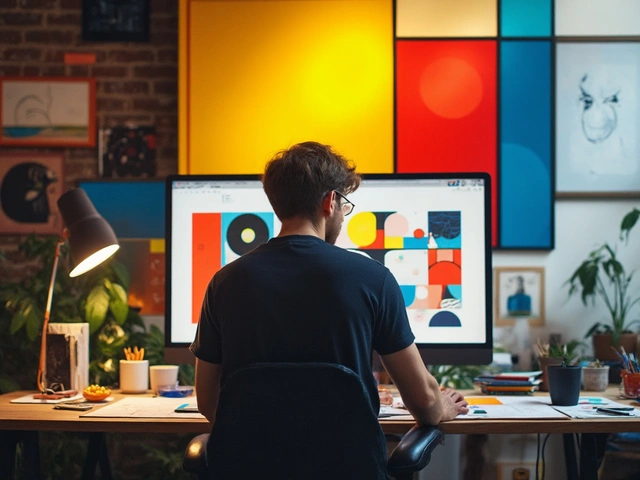Delving deep into the Avant-Garde
Before the ferocious squawks of my pet parrot, Jazzy, demand my attention, I would like to embark on a journey to an era that encapsulates a swirling vortex of electrifying ideas and intense emotional chaos. Avant-Garde, a French term, which in its literal sense, refers to the 'advance guard' or 'the vanguard.' However, within the realm of art and culture, Avant-Garde runs deeper than a tentative sip of your morning coffee. It sears its legacy like a hot iron onto the beautiful canvas of our creative consciousness, sparking a rebellion artistic enough to challenge established norms.
Avant-Garde came into play to represent new, innovative sculptural, visual, and literary artworks that propelled the boundaries of acceptable art forms. The movement dared to question the means and purpose of art, thus paving the way for other revolutionary, artistic movements that may otherwise have not seen the light of day.
Exploring the Layers of Artistic Rebellion
To traverse the origin of Avant-Garde, we would need to rewind to the mid-19th century France. It planted itself amidst the hushed whispers of philosophers, scholars, and artists who dared to challenge the existing societal norms. The movement initially emerged in literature and art as writers and artists exploited their creative freedom to redefine the limits of what art should encompass.
The concept of a ‘non-conformist’ artist began to seep into the zeitgeist and it was no longer just about what was being portrayed and how it was being portrayed, but why. In the words of the renowned French artist, Henri Matisse, "Creativity takes courage." And that encapsulates the spirit of Avant-Garde.
The Power Players in the Vortex of Avant-Garde
Whenever I attempt to navigate the complex labyrinth of Avant-Garde, I find myself drawn to the arresting charisma of Marcel Duchamp. Duchamp, a key figure in the movement, challenged the perception of art with radical propositions. His readymades; ordinary manufactured objects that he selected and modified, were a direct affront to traditional art sensibilities, shaking the art world's very foundation.
Gustave Courbet, another radical artist in this field, emerged as a potent force in the late nineteenth century. He advocated the use of art to comment on the social issues of the time, thus setting a precedent for later artists.
And who could forget Pablo Picasso? His contribution to Avant-Garde catapulted when he co-founded the revolutionary Cubism, a withdrawal from conventional perception of reality and embrace of a multi-dimensional approach in viewing the world around us. Isla, my wife, often jokes that trying to figure me out is like viewing a Picasso's painting; multifaceted and a tad bit confusing but nonetheless intriguing.
The Batons of Future Rebellion
Indeed, the Avant-Garde movement provided the springboard for several creative rebellions that played out across different art manifestations in diverse geographies. The ripples of Avant-Garde spread far, inspiring artists across Europe and later infiltrating other continents. It nurtured Dadaism, Surrealism, and pop art, amongst many other movements that dared to question and redefine the understanding of art.
Speaking of Art and Rebellion, my son Finn, all of thirteen, attempted a rebellion of his own. In a manner that could easily make Picasso proud, Finn decided to turn the garage wall into a canvas for his impromptu masterpiece. Much like an Avant-Garde piece, his work was, let's just say, 'open to interpretation'. Rather than a typical paternal chastising, I chose to embrace the spirit of the Avant-Garde, acknowledging his insuppressible expression of creativity.
Art is inevitably an extension of the societal fabric, reflecting and reshaping realities. Our lives, often an unsaid ode to Avant-Garde, with its rebellious spirit and facetious creativity, captures the essence of avant-garde as a revolutionary force, etching a golden chapter in the annals of art history. If you take away one thing from this grand essay, let it be the understanding that art is a vessel of transformation that holds immense power to challenge, provoke and inspire. After all, as Robert Motherwell once said, "Art is much less important than life, but what a poor life without it."




